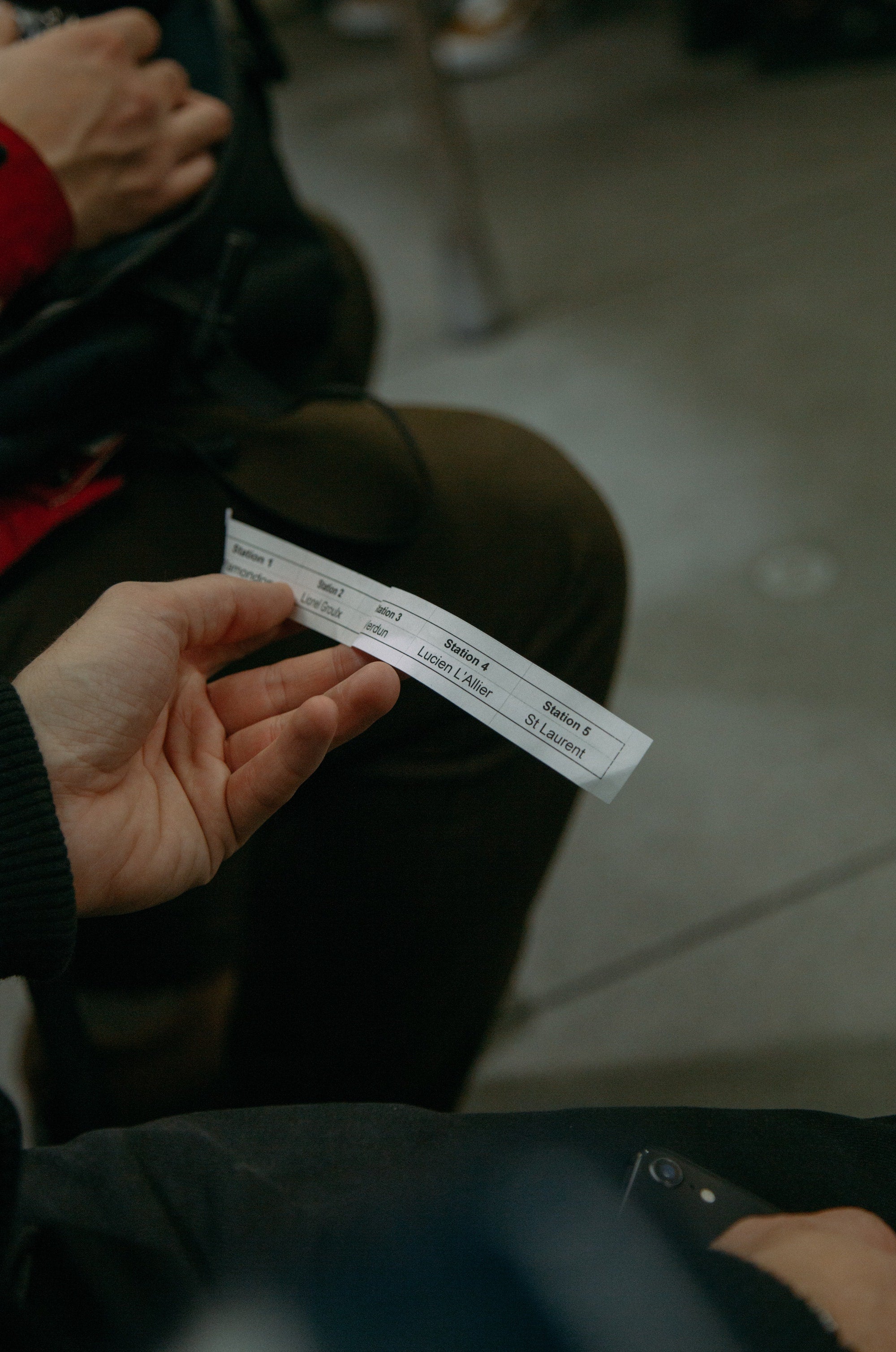Intimacy and The Tarot Deck.

Tantric tarot readings, explained.
Tarot decks and witchcraft have long gone hand in hand—but that’s not to say all tarot readers are card-carrying members of the occult. In fact, whatever cinematic snapshot you have of, say, a robe-laden woman with half-moon glasses and a stack of spell books atop her desk is likely more gimmick than anything else. These days, tarot readers are storming TikTok, you can google-search common card interpretations for your own deck, or you can visit a professional—who will likely be wearing…jeans.
Most historians believe that the O.G. Tarot deck came from a 14th century Turkish card game called Tarocchi, which became popular throughout Eastern Europe by the 15th century. At the time, it was, indeed, a game—and in no way a divination method or a vessel for spirituality. That said, in the late 1700s, famed French occultist Jean-Baptiste Alliette repurposed the deck for the sake of fortune-telling—which re-established tarot as a “divination method.”
The tradition didn’t arrive in the U.S. until the early 1900s. And the most popular U.S. deck, usually called the Rider-Waite-Smith deck, wasn’t released until 1909. But since then, we’ve seen a proliferation of new decks—both artistic re-interpretations of the original, and full-bleed reinventions.
For the sake of learning, it’s safe to assume that most tarot decks contain 78 cards—and those cards will be divided into two categories: Minor Arcana and Major Arcana. Major Arcana cards, which are numbered from 0 to 21, are meant to represent areas of life that are, well, major (think: death, birth, coupling, etc). The Minor Arcana cards—of which there tend to be 56— show more prosaic details of personhood. And much like a traditional deck of playing cards, these are organized into four separate suits: Pentacles, Cups, Swords, and Wands.
Now, you can turn to the deck with any number of intentions. You can ask a question and your tarot reader (who may very well double as your roommate) can draw cards to answer that question. Or, you can go with a more traditional “reading” designed to forecast the year ahead, your relationship, or your financial future. They can also be used for meditation, self-improvement, therapy, and best of all, sexuality.
How, you ask? Well, the ancient symbolism of the tarot deck is purposefully vague—so you’re meant to ascribe meaning based on the person or the question at hand. And if you’re looking to do an intimacy-based reading, there’s plenty of risqué symbolism to look out for. Seeking out the sensual energy in each card, for many tarot readers, serves as a form of sexual guidance, or a way to facilitate greater intimacy between two partners.
While the four tarot suits already contain some broad strokes meaning, they can certainly be interpreted with a special, unique nod towards sexuality. Wands can be seen as a symbol of fire or passion. Cups may indicate emotional intensity or intimacy. Swords can be seen as representations of sexual roadblocks, traumas, or hang-ups. And lastly, pentacles, which typically indicate the earthly body—convey a desire to touch and be touched.
As for the cards themselves, beyond the suits, there’s plenty of salacious meaning to be imbued as well. For instance: the devil card famously represents a sexual attachment that’s hard to give up—but may or may not be serving you in the end. Ultimately, the list goes on and on, and while a professional reader will certainly feel more than equipped to read your cards under the genre of sexuality, if you’re trying for an at-home reading with a friend or a partner, just be sure to google “sexuality” (or something similar) when searching for meanings online.
Last but not least, if you’re stuck on the sorts of sexuality-forward questions you might ask a tarot reader, consider insecurities or hangups that take up space in your head (“what does my partner want, sexually? Or “how do I heal from my sexual trauma?”). Then, well, let the cards work their magic.



